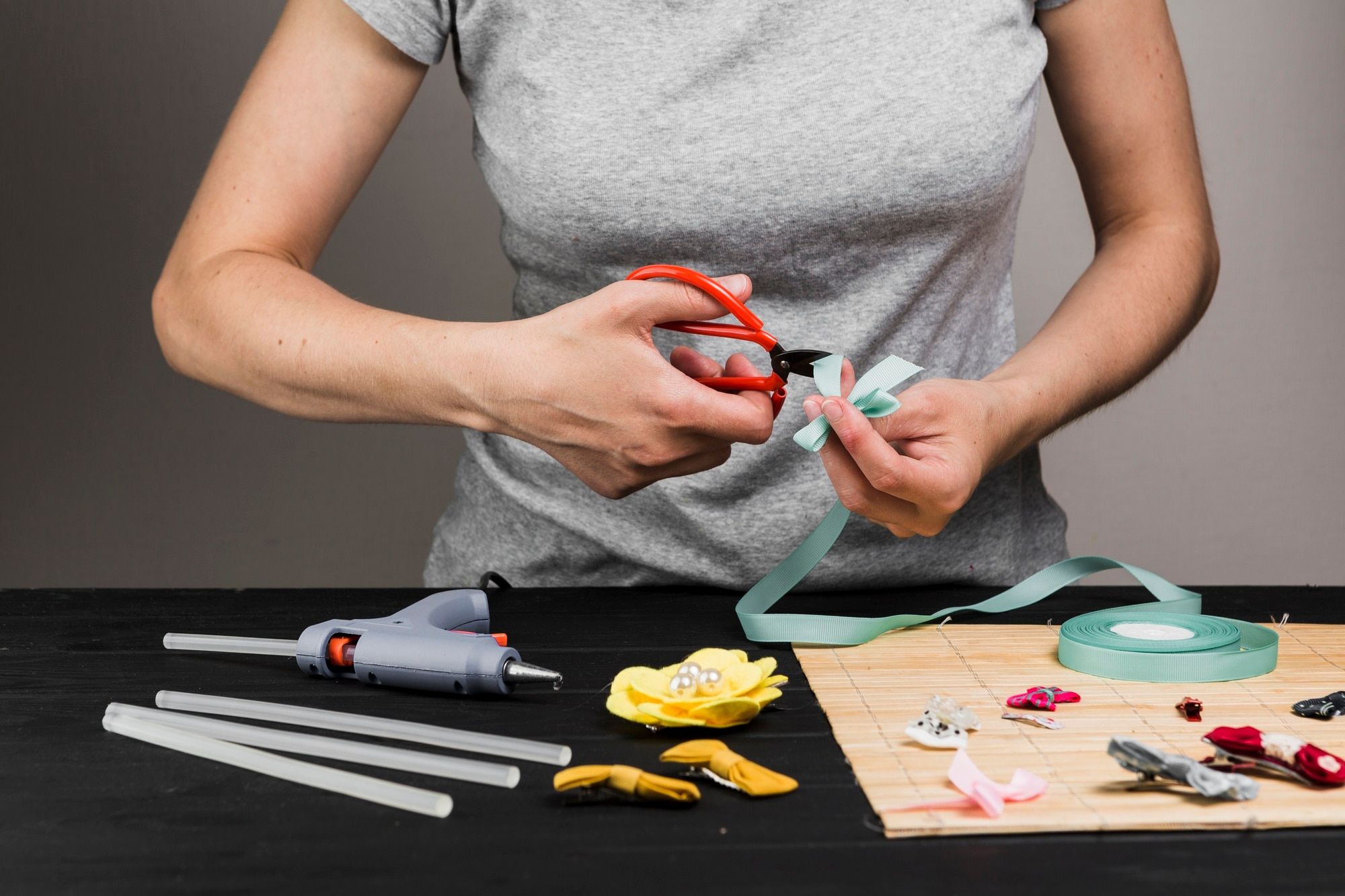Introduction
The German word Zuschneidfelle can also sound niche, but it represents a craft with centuries of records and unexpected modern-day relevance. That means “skins organized for reducing”, the term as soon as described carefully, tanned hides set apart for particular shaping in leatherwork. Today, it extends to a wide range of substances — herbal and artificial — used in the whole thing, from artisanal items to high-performance outdoor systems.
In this newsletter, we’ll discover what makes zuschneidfelle unique, their cultural origins, their many packages, and the evolving strategies that keep this conventional idea alive in the current global environment.
1. Understanding Zuschneidfelle
1.1 Breaking Down the Term
- Zuschneiden – “To cut” or “to tailor to shape”
- Felle – “Hides” or “skins” (traditionally from animals, but now also synthetic)
Put together, zuschneidfelle refers to skins or hide-like materials that have been prepared specifically to be cut into precise shapes without tearing, fraying, or losing structure.
1.2 Not Just Leather Anymore
Historically, these were almost always real animal hides. Today, they can include:
- Vegetable-tanned leather
- Synthetic leather (PU or PVC-based)
- Mohair and nylon blends for climbing skins
- Industrial felts and technical fabrics
2. Historical Roots
2.1 From Farm to Workshop
In Alpine Europe, every part of a slaughtered animal becomes used — meat for meals, bones for equipment, hides for leather. Craftsmen could set apart the flattest, cleanest quantities for sensitive work, together with belts, harnesses, and pouches. These premium cuts were the earliest zuschneidfelle.
2.2 The Guild Era
During the 18th and 19th centuries, German and Austrian leatherworkers operated under guild systems with strict policies on disguise coaching. A master craftsman could be recognized by the uniformity and quality of his zuschneidfelle stock.
2.3 Entry into Sport
By the early 20th century, ski touring in the Alps popularized another use: climbing skins. These long strips, originally made from seal skin and later mohair, were trimmed to fit skis and allowed uphill travel without sliding backwards.
3. Types of Zuschneidfelle
3.1 Leather Zuschneidfelle
Still a cornerstone of leathercraft. Qualities include:
- Durability – Resists tearing during cutting and use
- Workability – Accepts dyes, embossing, and stitching easily.
- Aging – Develops a patina over time.
3.2 Mohair Climbing Skins
Favored by ski tourers for their superior glide. Mohair fibers are naturally smooth and water-resistant.
3.3 Nylon and Hybrid Skins
Nylon gives tremendous grip and abrasion resistance, even as hybrid mohair-nylon blends provide stability, speed, and durability.
3.4 Industrial and Decorative Synthetics
Faux leather and felt used in upholstery, soundproofing, and protective padding also fall under the broad modern definition.
4. Preparation Process
4.1 Selection
The high-quality zuschneidfelle start with faultless base cloth — hides without deep scars, or synthetic rolls without inconsistencies.
4.2 Treatment
For leather-based: tanning (vegetable or chrome) to stabilize fibers.
For textiles: weaving, brushing, and, on occasion, including a backing for electricity.
4.3 Conditioning
Moisture and oils are balanced to keep the material flexible and prevent cracking.
4.4 Flattening
Materials are pressed or stretched to produce a smooth, even surface — crucial for accurate cutting.
4.5 Cutting Preparation
Edges may be squared, adhesive layers applied (in climbing skins), or protective coatings added before shipment.
5. Uses Across Fields
5.1 Leathercraft
Wallets, belts, satchels, and watch straps all rely on premium hide sections that cut cleanly and hold their form.
5.2 Ski Touring
Zuschneidfelle in the ski world is custom-trimmed to ski dimensions for a perfect edge-to-edge fit, ensuring both grip and glide.
5.3 Upholstery and Interior Design
Synthetic zuschneidfelle panels are cut to replace worn sections of furniture, car seats, or wall panels without replacing the whole piece.
5.4 Industrial Templates
Sturdy felt or leather sheets are used to make reusable cutting patterns or to line machinery.
6. Cutting Techniques
6.1 Pattern Transfer
Designs are traced or stenciled to maintain consistency across multiple cuts.
6.2 Tool Choice
Leatherworkers may use half-moon knives or rotary cutters; ski skin trimming often uses purpose-built side cutters.
6.3 Edge Treatment
- Leather – Burnished for smoothness
- Textiles – Heat-sealed to prevent fraying
7. Care and Longevity
Leather Zuschneidfelle
- Store flat or rolled loosely
- Avoid excessive dryness or moisture.
- Condition with natural oils periodically
Climbing Skins
- Dry after use to prevent glue breakdown.n
- Protect adhesive with release liners.
- Brush fibers to restore performance.
Synthetic Panels
- Keep away from prolonged UV exposure.
- Clean with mild soap and water
8. Ethical and Sustainable Choices
Modern producers face a developing call for eco-friendly practices:
- Vegetable tanning over chemical-heavy chrome methods
- Sourcing hides as by-products of the food industry
- Expanding non-animal alternatives without sacrificing quality
- Minimizing waste by using off-cuts in smaller goods
9. Cultural Importance
In many German-speaking regions, zuschneidfelle represent a tangible link between rural resourcefulness and fine craftsmanship. Workshops still pass down cutting techniques through apprenticeships, while ski communities share the know-how of skin trimming before a winter tour.
10. Innovation and the Future
10.1 Digital Precision
Laser cutting reduces waste and achieves intricate shapes impossible by hand.
10.2 Advanced Materials
Engineers are developing plant-based fibers that mimic the glide of mohair while repelling water better.
10.3 On-Demand Customization
Small businesses now offer online ordering of pre-cut skins or hides tailored to customer measurements.
Conclusion
The idea of Zuschneidfelle has traveled a splendid direction — from hand-decided on hides in an alpine workshop to high-tech climbing skins and business textiles. Its endurance lies in its adaptability: the identical standards of first-rate preparation and precision cutting observe whether or not you’re crafting a belt, upholstering a chair, or scaling a snowy ridge.
In a global driven by pace and mass production, zuschneidfelle remind us that the great materials are those treated with care, selected with reason, and formed with ability.
Stay in touch to get more updates & alerts on BaddiehubX! Thank you




